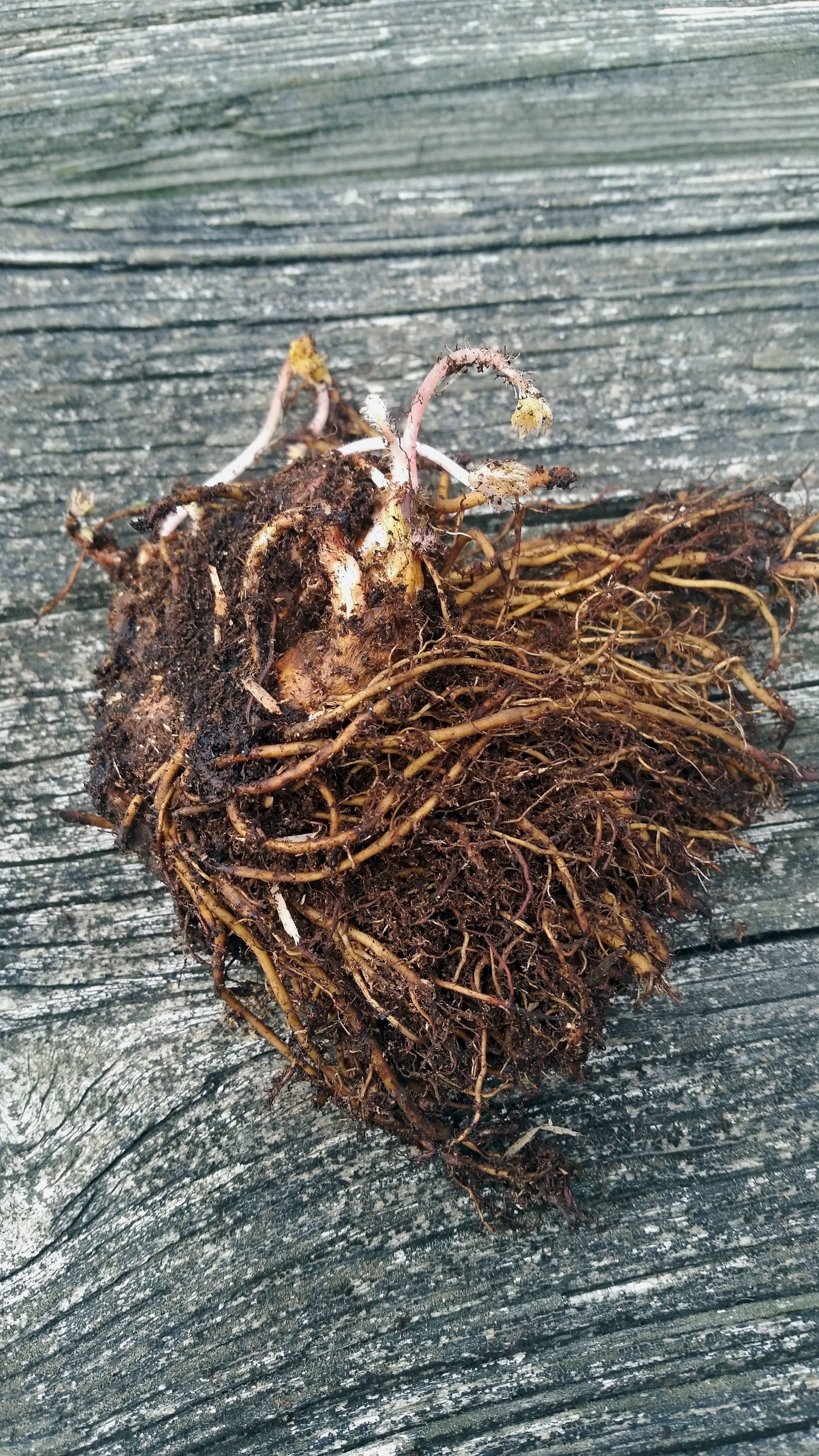Astilbe Bare Roots – Learn About Bare Root Planting Of Astilbe


Astilbe – also known as false spirea – is a popular perennial noted for its beautiful plume-like flowers and fern-like foliage. It grows in shady areas and, in the wild, is found near creeks and ponds. It is usually propagated by root division in spring. Sometimes it is sold bare root at that time. Read on for more information about growing astilbe from bare roots.
Astilbe Bare Roots
If you go out to buy astilbe in early spring, you may find nurseries selling it bare root. This means that it comes to you without the root ball, and that all the soil it was growing in has been cleaned off the plant. It is ready for astilbe bare root planting. A bare root plant may be sold with its roots wrapped in moist peat moss or shredded newspaper. When you are considering growing astilbe from bare roots, remember that bare root plants are also less likely to be damaged during shipping. Astilbe bare root plants won’t have any leaves or flowers that can be knocked off in transport. Still, bare root planting of astilbe calls for some extra care from a gardener.
Astilbe Bare Root Planting
The first thing to remember about growing astilbe from bare roots is to keep the roots moist at all times. You should never allow them to dry out. This is why growers ship the plants with their roots packed in moist material: they dry out very easily. If you have the plants shipped to you, open the package the minute it arrives and check to make certain the roots are damp. If not, add a little water.
Bare Root Planting of Astilbe
Bare root planting of astilbe is fairly easy, as long as you remember to keep the roots damp. When you first get the plants, inspect the roots and clip out any that are broken or damaged. The next step is to dig large planting holes. You want there to be ample room for the roots, fully extended, so that you don’t have to cram the roots into the sides. Spread out the roots in the hole. The hole should be deep enough to accommodate them, but the uppermost root should be just below the soil surface. Fill in the hole with the dirt you removed, pressing it into place. Give the plant a generous drink, and water the soil regularly until the astilbe is established.
Sign up for the Gardening Know How newsletter today and receive a free copy of our e-book "How to Grow Delicious Tomatoes".

Teo Spengler is a master gardener and a docent at the San Francisco Botanical Garden, where she hosts public tours. She has studied horticulture and written about nature, trees, plants, and gardening for more than two decades, following a career as an attorney and legal writer. Her extended family includes some 30 houseplants and hundreds of outdoor plants, including 250 trees, which are her main passion. Spengler currently splits her life between San Francisco and the French Basque Country, though she was raised in Alaska, giving her experience of gardening in a range of climates.